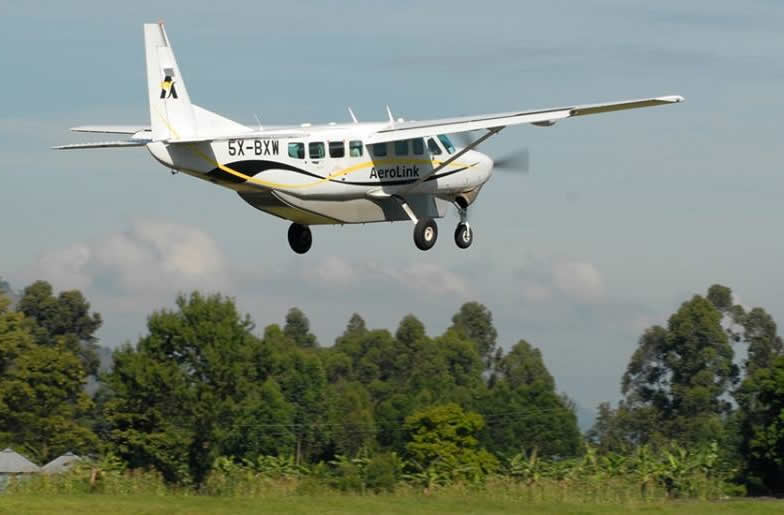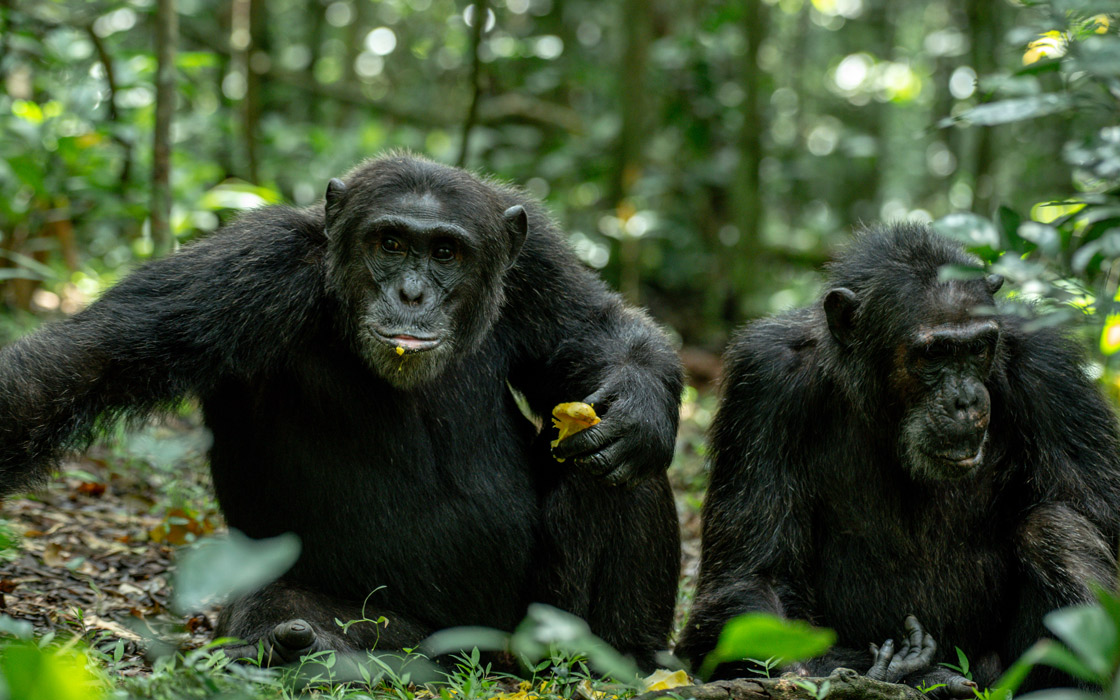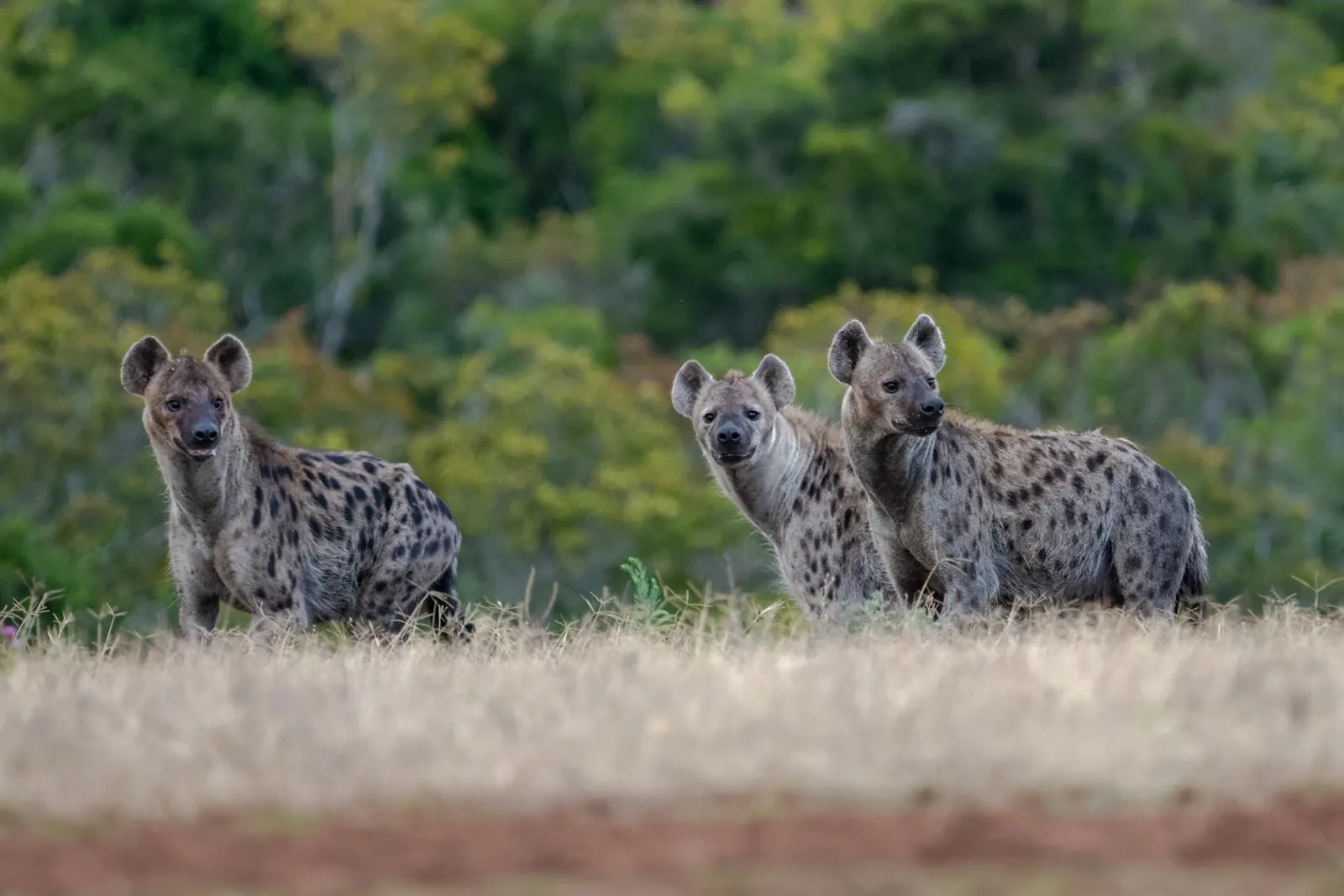
When is the Best time to visit queen Elizabeth National park
When is the Best time to visit queen Elizabeth National park
When is the Best time to visit queen Elizabeth National park : Queen Elizabeth National Park located in western Uganda is one of the prime safari destinations in Uganda, the park is also the second largest park in country coming second to Murchison Falls National Park. The part stretches in districts of Kasese, Kamwenge, Rukungiri and Rubirizi districts.
Queen Elizabeth National Park is situated close to Rwenzori Mountains, at a size of 1,978 square kilometers the park encompasses of a huge array of different landscapes including wetlands, swamps and crater lakes, tropical forests, woodland and open savannah supporting a diverse range of wildlife.
Wildlife in Queen Elizabeth National Park includes 4 of the Big Five that is lions, leopards, cape buffaloes and elephants, 20 carnivores, 10 primates including chimpanzees, black and white colobus monkeys, olive baboons and many others. The park is also home to rare tree climbing lions found in the Ishasha Southern sector of the park.
History of Queen Elizabeth National Park
Queen Elizabeth National Park was gazette in 1952 as Kazinga Channel and in 1954 it was renamed Queen Elizabeth National Park to commemorate the visit of Queen Elizabeth 11 of the Great Britain.
Quick facts about visiting Queen Elizabeth National Park
- Best time to Visit Queen Elizabeth National Park – January to February and June to July
- High / Peak Season – June to September – this is the peak season in the park with a lot of tourists visiting the park, also rates for lodges are high
- Low Season – April, May, October and November – there are few visitors in the park and prices are relatively low most especially for accommodations
- The Best Weather – June to July and January to February as there is less rainfall
- The Worst Weather – Heavy rains are received in the months of April to May and September to October which makes the roads impassable and interrupts safari excursions
- Dry season – January to February and June to July
- Wet season – March to May and August to December
Weather and Climate in Queen Elizabeth National Park
Queen Elizabeth National Park’s weather and climatic conditions are influenced the park’s location and altitude among other factors, the park is situated close to the equator which why it receives warm high temperatures of 18 ℃ to 28℃ which tends to stay stable for most times of the year. During day temperatures in Queen Elizabeth national park are as high as 28℃/83℉ and drop to 15℃/59℉ at night.
Because of the park’s location along the equator, it receives two rainy seasons and dry seasons.
Queen Elizabeth National Park lies at an altitude range of 480 m to 1,390 m which also influences its weather conditions.
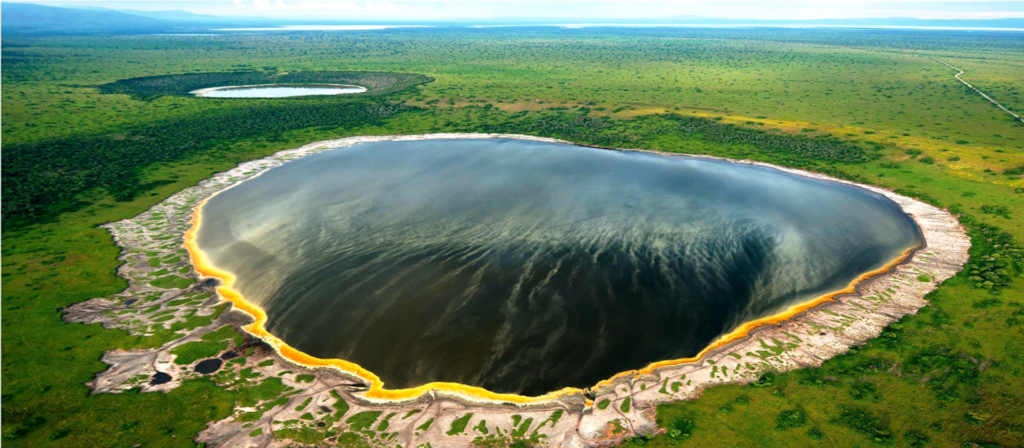
The Wet Season
The wet season in Queen Elizabeth National Park runs from October to December and March to May, these periods are divided into short rainy periods that is from October to December and long rain seasons that is from March to May.
The rains usually peak in April and October and the temperatures are usually pleasant at about 28℃/82℉ in the late afternoon and normally cool down to about 16℃/61℉.
Because of the daily down pours, the park turns lush green with flowering plants and the vegetation is green giving out an extremely beautiful landscape perfect for nature pictures.
In the wet season heavy rainfall is received and it can drizzle the whole day, because of the heavy rains roads in and leading to the park become almost impassable (slippery and muddy) most especially in the long rain season which is not recommended to visit the park.
The pro of visiting Queen Elizabeth National Park in wet season is that migratory bird species arrive in the park from Northern Africa and Europe making this time of the year the best time for birders to visit. These birds are attracted to the park because of plenty of food and fruits.
Those it is not recommended to visit Queen Elizabeth National Park in most of the months of the wet season, is that the park is less crowded making it easier to see wild species. Also most of the lodges in the park offer discounted rates.
Note: Some safari lodges close down between March and May.
If you are planning to visit Queen Elizabeth National Park during the wet season, remember to carry long sleeved shirts and trousers, comfortable hiking shoes if you are planning to do chimpanzee trekking and hiking walks, camera, binocular among others.
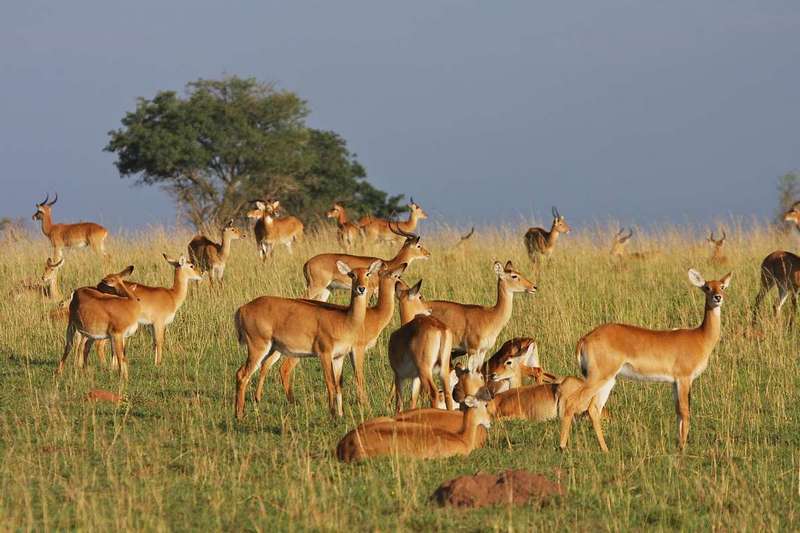
Dry season – The best time to visit
The dry season is considered to be the best time to visit Queen Elizabeth National Park for a safari as it presents the best weather conditions for an African safari , the dry season runs from June to Steptember and then January to February which are characterized of a lot sunshine and low vegetation cover which makes wildlife viewing easy.
In the dry season, temperatures range between 28℃/82℉ during day and then drop to 15℃/59℉ at night.
Since most water sources dry up, animals are forced to congregate along the water holes to drink water or cool off from the hot conditions thus providing excellent sightings of wildlife during the game drive. Also the trails are dry making other safari activities in Queen Elizabeth National Park easy such as chimpanzee trekking, nature walks and bird watching.
When visiting Queen Elizabeth National Park in the dry season, remember to bring warm clothes as it gets cold at night and in the early mornings.
The dry season in Queen Elizabeth National Park coincides with the peak season with many travellers visiting the park, the challenge of visiting in the park season are, the park gets crowded and costs for the safari are high as there is high demand for accommodations thus a raise in their prices.
In conclusions – the best time to visit Queen Elizabeth National Park is from January to February and from June to July which is a dry season. Still Queen Elizabeth National Park can be visited all year round.
Where to stay on a safari in Queen Elizabeth National Park
There is a wide range of accommodation options ranging from budget, midrange and luxury situated inside and outside of the park. These accommodations include Pumba Safari Cottages, Mweya Safari Lodge, Kasenyi Safari Camp, White House Hotel, Kitandara Hippo Hill Lodge, Ishasha Tented Camp, Ihamba Safari Lodge, Ishasha Ntungwe River Camp among others.

